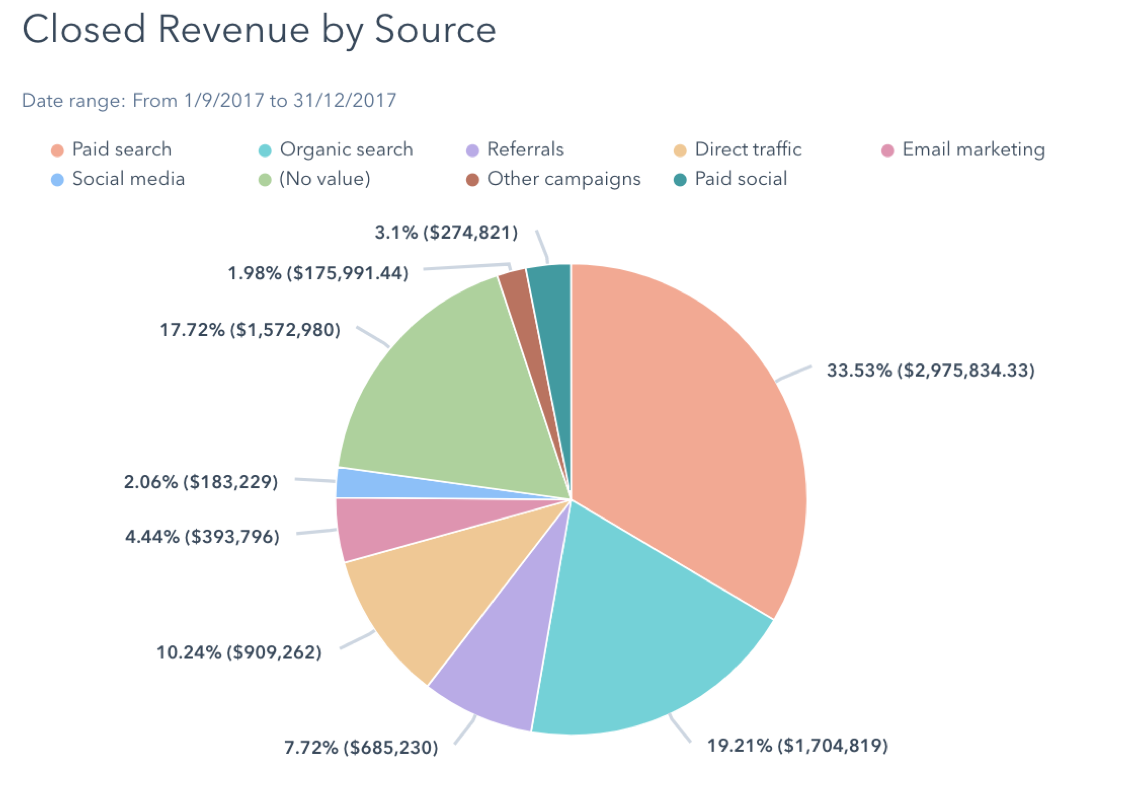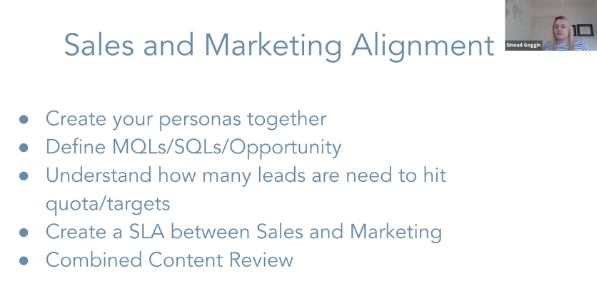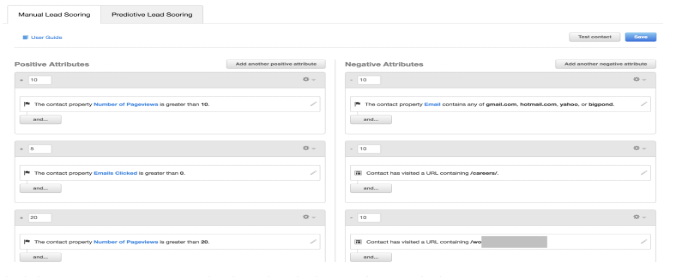Zapis je na voljo tudi v slovenščini
Lately we have talked a lot about the importance of sales and marketing working in unison. All too often we come across companies where these two departments are working past one another, and it’s a costly mistake – the lack of alignment between sales and marketing is setting businesses back more than a trillion dollars per year. In fact, the misalignment of sales and marketing is the main reason behind stagnation or even decline in revenue.
Sales and marketing alignment was the topic of our October webinar, where Actuado’s founder Jasna Suhadolc was joined by Sinead Goggin, a Senior Channel Account Manager at HubSpot with years of experience in both marketing and sales teams. She explained why the two departments should be working together, how to overcome the challenges between them and how they can support each other in achieving company growth.
Why should sales and marketing work together?
“Sales and marketing both play a crucial role in any business, so of course it makes sense to have everyone on the same page and working together”, Sinead emphasizes. The facts prove her right: Companies that have a strong marketing and sales alignment plan in place report 20% greater annual revenue growth than those that do not, and are 67% better at closing deals.

In today’s digital world, where your prospects have access to unlimited information, the traditional ‘marketing to sales to customer’ funnel is no longer the norm. Instead, each prospect follows a unique path – one may be ready to become a customer without even talking to a salesperson, another may want to speak to a salesperson first and then require additional marketing in order to close the deal.
Once a prospect is contacted by a salesperson, the conversation should be tailored to his or her previous engagement with your company. Someone who has already tried your demo or read your customer reviews will need different information than someone who has only heard of your company through an Instagram or Facebook ad.
Your sales and marketing teams must both become consumer-centric, and the more tightly aligned they are, the more likely you are to delight your prospects and retain your customers.
.
What is the biggest challenge between sales and marketing?
Aligning sales and marketing may seem obvious but can be a difficult process. The biggest challenge is the lack of communication, which can lead to tensions and even resentment between the two departments. “We’ve done a lot of research at HubSpot and it’s sad to say, but according to our statistics about 87% of sales and marketing people use negative phrases about each other”, says Sinead.
Marketing and sales department often set their goals separately from each other, so the sales team doesn’t understand what marketers are focused on, and marketers don’t understand how many leads a sales team needs to hit revenue target.
Sales and marketing alignment is often the fix to bridge the gap between sales and marketing. Sinead shared some strategies you can bring into your business to improve the relationship between the two teams.

Your marketing and sales team should create a buyer persona together in order to get a full picture of your customer. Marketers may have conducted consumer research, but your salespeople are the ones who have spoken directly to these prospects and therefore understand what their pain points are. They can provide useful insight into what prospects are looking at and identify content gaps along the buyer’s journey.
Both teams should collaborate during the entire buyer’s journey and define leads together. Marketers must know how many leads are needed to close a deal and when a lead is ready to be handed over to the sales team. But marketers’ job shouldn’t just end when a lead is passed on to sales, they should also provide the sales staff with the right content for the closing phase and track what happens with a lead after it was contacted by a salesperson.
What is the key tool to help salespeople close more business?
To bridge the gap between the marketing and sales team, it is vital to keep track of every interaction your customer has with your company. This is where technology comes in – the right tool will help you turn marketing data about your prospects into leads and opportunities.
CRM software is the number one tool to help your sales team, crucial to any business. CRM is a centralised database where you collect all information about your prospects. It gives you a complete overview of each customer, helps you streamline the entire sales process and enables marketing automation and shared reporting.

“I might be biased”, admits Sinead, “but I spend about 80% of my day looking at the CRM”. It pays off: a CRM can increase sales by an impressive 29% and shorten the sales process by 8-14%.
How can marketing help sales before the first sales call?
“Salespeople must be great on Tinder, as they are already so used to rejection”, Sinead laughs. “But seriously, a salesperson must bring value in the very first minute of the interaction, and here is where marketing can really help.” The more your sales rep knows about a lead or a prospect, the more value she or he can add during that first call.
The job of your marketing team is to encourage people to download content and thus become a lead in your CRM. Your salespeople can then build on the gathered prospect data and activity (exchanged emails and calls, page views, downloads, etc.) and reference it in the call. Remember, the conversation should be about solving your prospect’s problem.
Sinead gave a concrete example: When someone is looking at something very specific, like the case study on how HubSpot integrates with Shopify, she would get notified from the marketing team and would likely initiate a call, in which she would straightforwardly ask if the person is interested in such integration.
How do we identify a good lead?
Once your marketing team generates a lot of leads, it becomes crucial that you know how to prioritise them so that your sales team doesn’t end up wasting time on those that aren’t worth pursuing.
A quality CRM allows you to organise your leads in order of priority. In lead scoring, each lead you generate is assigned values (or ‘points’) that reflect the actual compatibility they have with your product. This not only helps to prioritise the leads, but also to react appropriately and increase the chances of turning them into customers.

You can score your leads based on various attributes such as demographic information, company information, online behaviour, email engagement, social engagement, and more. The attributes can be positive or negative, and it is best to create them based on previous buying behaviours.
Here too, it is very important that the sales and marketing teams come together. Lead scoring requires a strong sales and marketing alignment and is also an effective way to maintain it, especially if your company has a service-level agreement (SLA) in place that clearly defines the responsibilities of each team.
Hopefully, we have given you enough reasons to start improving your sales and marketing alignment. And if you need any help with this, you can schedule a 30-minute call with Jasna.



